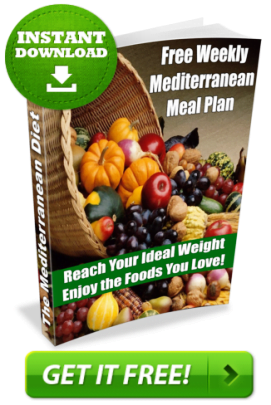The United States Department of Agriculture, or USDA, has replaced the traditional food pyramid with new guidelines to help Americans eat a healthy diet. Promoted by First Lady Michelle Obama, the USDA’s new “MyPlate†guidelines are simple to understand and easy to follow when compared to the previous food pyramid guidelines.
The imagery of MyPlate is exactly as the name suggests: a plate. The plate is broken down into different sections labeled as fruits, vegetables, proteins and grains. Each section tells consumers at a glance a basic guideline for how much of which items are placed on the plate.
For example, fruits and vegetables should make up about half of the plate at any meal. Proteins make up another fourth of the plate and healthy whole grains are the final quarter. Some diary is shown on the guidelines as a glass of milk rather than placing it on the plate directly.
Nutritionists and the USDA point out that as a general guideline, the plate removes the confusion of the previous standards and takes out the fine details previously promoted in the pyramid. The First Lady points out that for parents, the new MyPlate is much easier to follow because parents will only need to glance at children’s plates to see if they are getting a well-balanced diet.
The new standards are both different and similar to the Mediterranean Diet. The main difference between the standards and the diet is the division of foods. In the diet, healthy whole grains make up the bulk of the diet followed by fruits and vegetables, smaller amount of proteins and the use of olive oil.
Dairy is about the same for both MyPlate and the diet. The Mediterranean Diet promotes about 20 percent protein, 30 percent fats and 50 percent carbohydrates. MyPlate differs by promoting around 25 percent protein, 25 percent whole grains, 50 percent fruits and vegetables without a focus on fats.
Someone trying to follow MyPlate can easily make a meal plan such as the plan below to get a good balance of fruits, vegetables, whole grains and meats.
Breakfast: one cup of low-fat plain yogurt, one cup of shredded wheat cereal with ½ cup of milk, ½ cup of blueberries and one piece of whole wheat bread.
Snack: one serving size of fruit, such as ½ cup of berries or watermelon.
Lunch: Tuna sandwich with 3 ounces of tuna, two pieces of whole wheat bread, regular mayonnaise, one cup of low-fat milk and a vegetable like cucumber or tomato on the side.
Snack: Apple
Dinner: 3 ounces of barbeque chicken breast, ¾ cup of streamed broccoli and ¾ cup of steamed carrots.
Dessert: Pumpkin Pie


